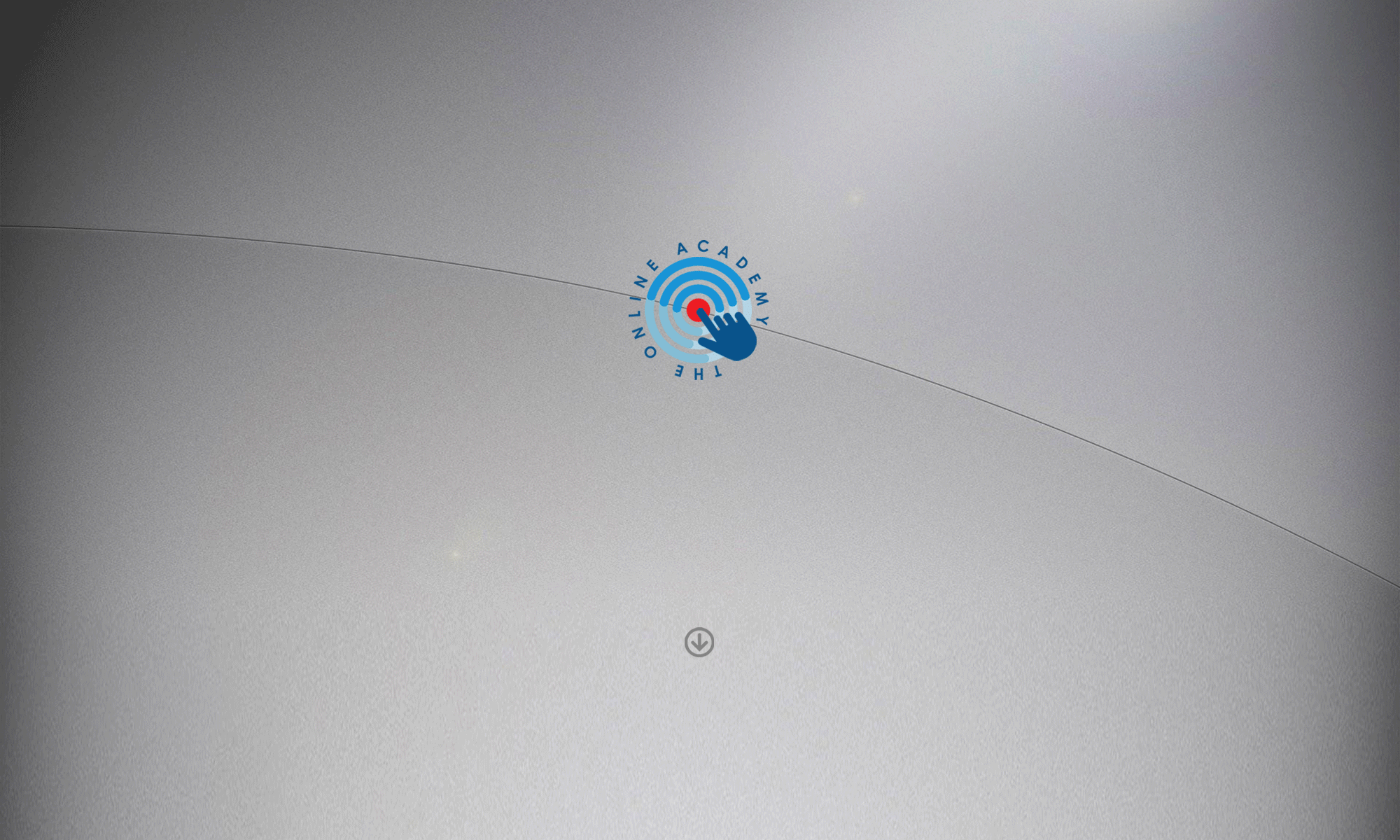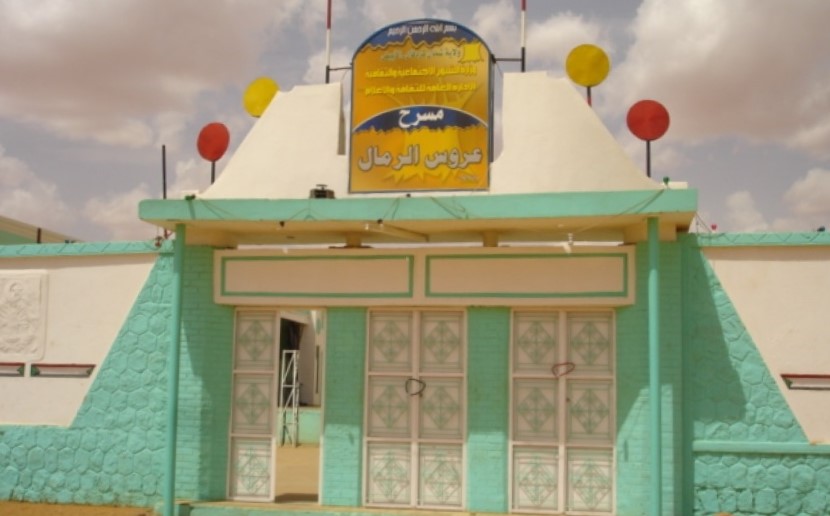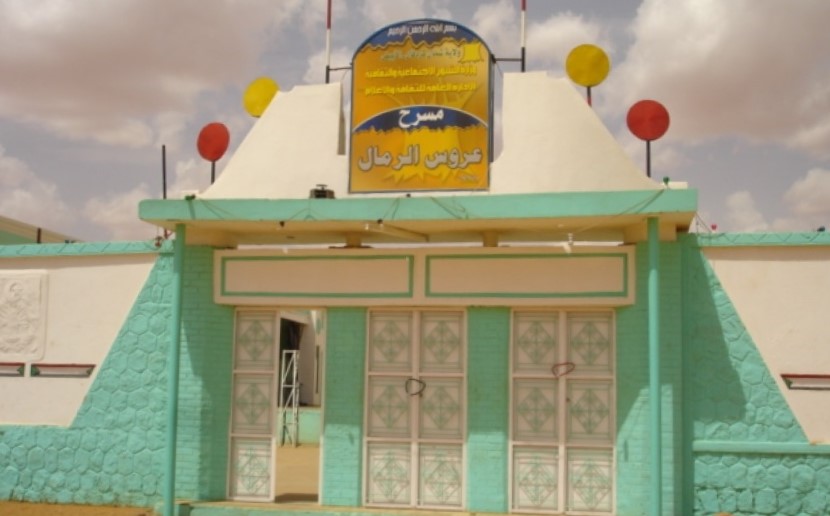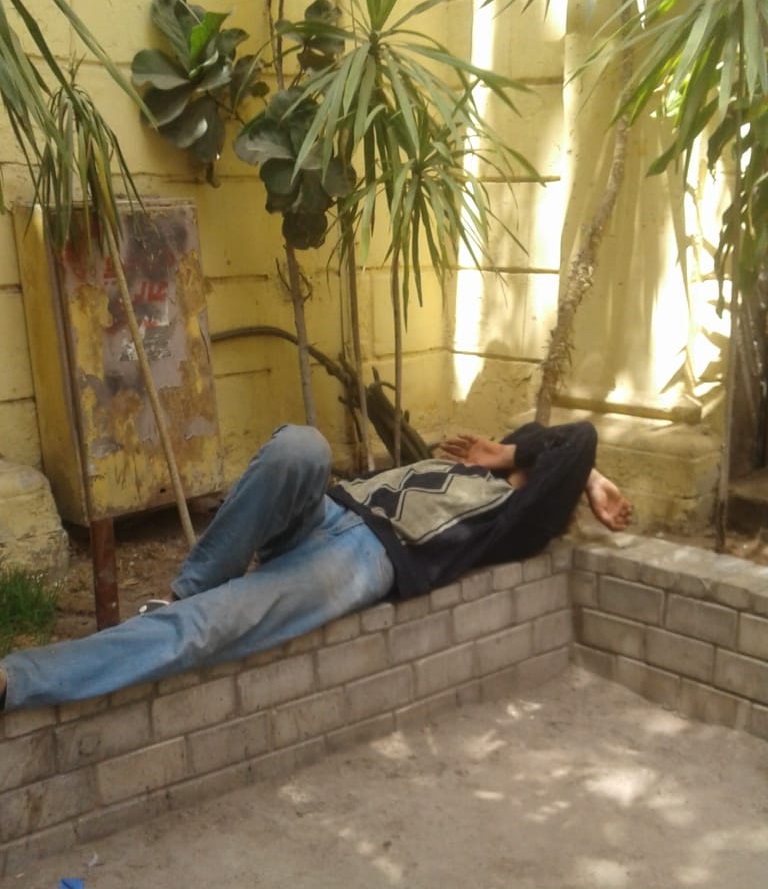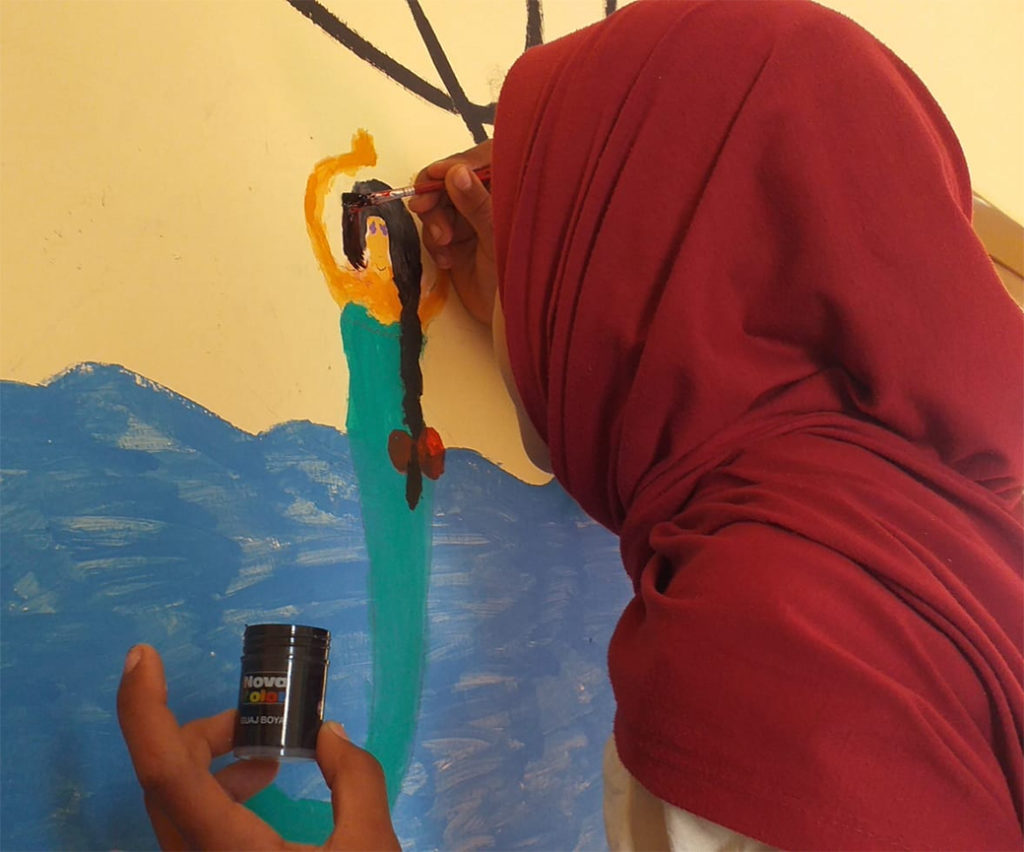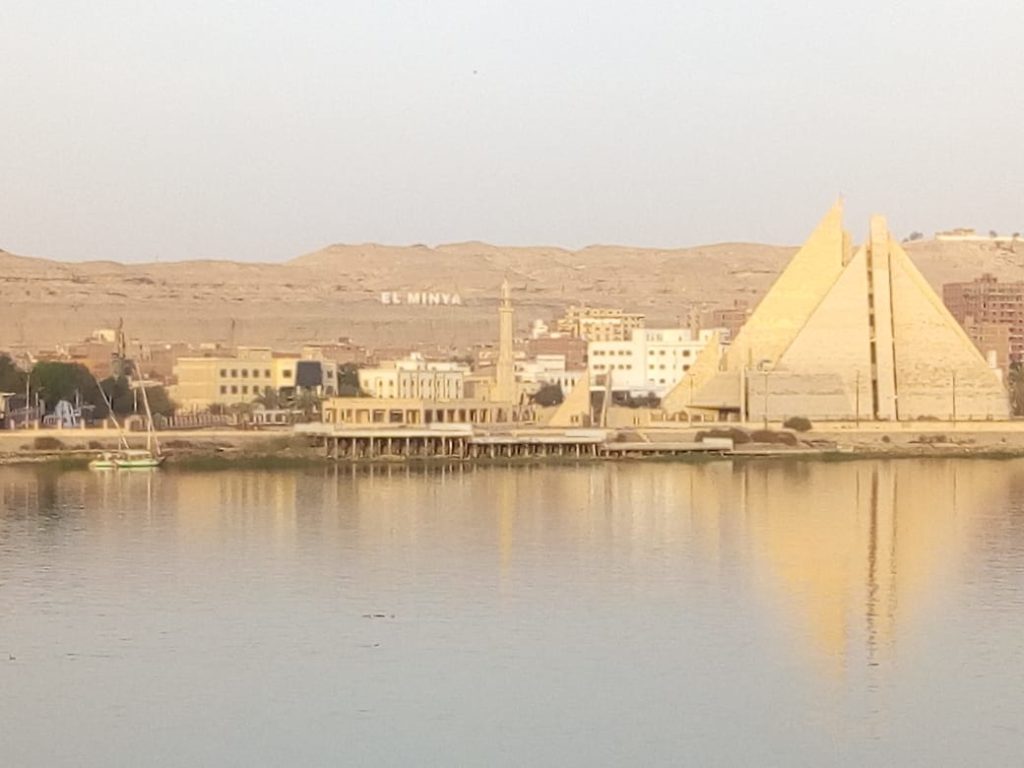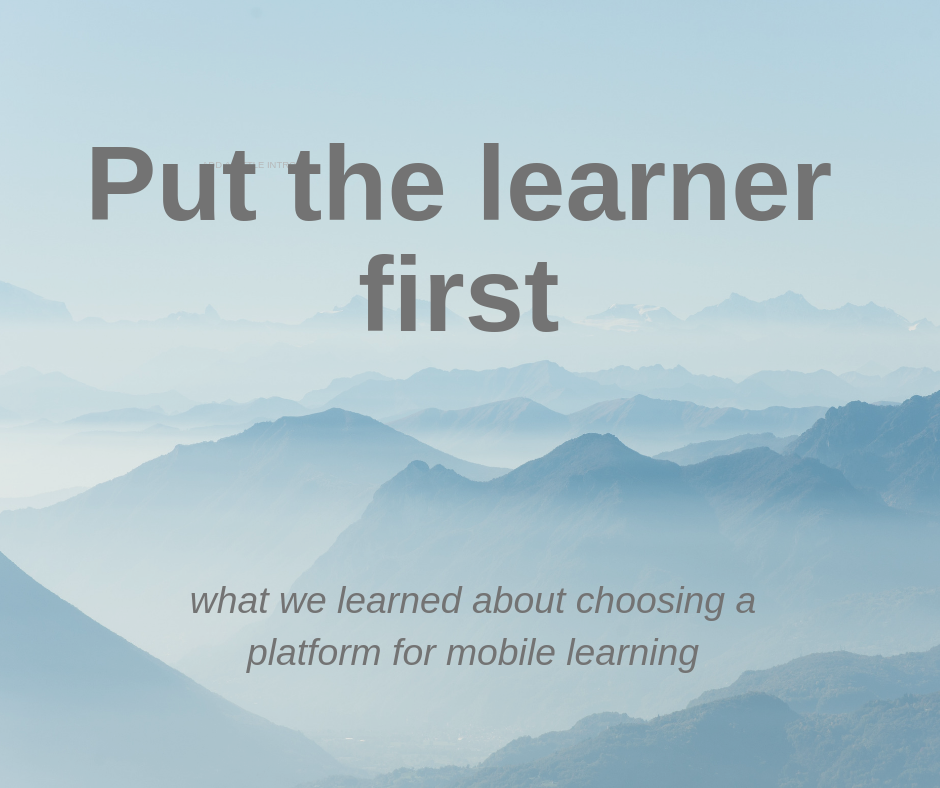On 15 September 2021, Dabanga Radio – TV- Online started its renewed Mobile Learning course ‘Mobile Journalism – Getting the Most from Your Smartphone’, with 84 participants from almost all parts of Sudan. A third of them, 28, were women.
The assignment of the module on photography, ‘Send in a photo according to the Rule of Thirds with a clear caption’, triggered a lot of reactions. The participants also commented and gave advice on each other’s photos, which led to a lively communication in the WhatsApp group created for this purpose.
Some participants with experience in photography immediately sent in (much) more than one photo, while others opted for a ‘wait and see’ attitude. The Dabanga Online Academy team was in particular impressed by the flow of contributions from Blue Nile state and South Kordofan.
From the dozens of photos sent in, the Dabanga team selected 12 photos to be posted on the Online Academy website, two more than planned. These two contributions deserve an ‘honourable mention’. One was definitely the ‘funniest photo’ sent in. The other was selected because of its ‘interesting perspective and the fine colours’ – though the assignment demanded a landscape orientation.
Not all selected photos are ‘perfect shots’. In some cases, a foot or another part of a body is missing. The photo of the rainwater barrel for instance is great, with very nice colours and lines, but it would have been better if the photographer had moved his lens a bit higher, to show the man’s feet and reduce the part above his head. The photo of the bridge, with its fine lining, may have been better if it had been taken from the middle of the bridge.
We received a number of photos that made good use of the Rule of Thirds, as reflected in the photo of the two small harvesting boys who are placed well within the frame, at the same distance from the edges, or the photos of the dam, the streambed, the wadi, and the men working on the roof. Hopefully the photographers will keep the horizon straighter in the future.
We wish them all a lot of success!
في 15 سبتمبر 2021، بدأ دبنقا إذاعة – تليفزيون – أونلاين دورته المتجددة “صحافة الهاتف المحمول – تحقيق أقصى استفادة من هاتفك الذكي”، بمشاركة 84 مشاركًا من معظم أنحاء السودان. ثلثهم ، 28 ، كانوا من النساء.
أثارت مهمة الوحدة الخاصة بالتصوير وهي إرسال صورة وفقًا لقاعدة الأثلاث مع تسمية توضيحية كاملة” الكثير من ردود الفعل. علق المشاركون على مساهمات الأخرين وقدموا نصائح حولها، مما أدى إلى مناقشات حيوية في مجموعة الواتساب التي تم إنشاؤها لهذا الغرض.
أرسل بعض المشاركين من ذوي الخبرة في التصوير الفوتوغرافي على الفور (كثيرًا) أكثر من صورة واحدة، بينما اختار آخرون موقف “انتظر وشاهد”. وأعجب فريق أكاديمية دبنقا أونلاين بشكل خاص بالمساهمات الجيدة الكثيرة من ولاية النيل الأزرق وجنوب كردفان.
من بين عشرات الصور المرسلة، اختار فريق دبنقا 12 صورة لنشرها على موقع الأونلاين أكاديمي، أي صورتان أكثر من العدد المخطط لها. هاتان المساهمتان تستحقان “إشارة مشرفة”. إحداها بالتأكيد “أطرف صورة” تم إرسالها. وتم اختيار الأخرى بسبب “منظورها المثير للاهتمام والألوان الرقيعة” – على الرغم من أن المهمة تتطلب اتجاهًا أفقيًا.
ليست كل الصور المختارة “لقطات مثالية”. في بعض الحالات اختفى قدم أو جزء آخر من الجسم. إن صورة برميل مياه الأمطار على سبيل المثال لقطة رائعة، بألوان وخطوط جميلة جدًا، ولكن كان من الأفضل لو قام المصور بتحريك عدسته إلى أعلى قليلاً لإظهار قدم الرجل وتقليل الجزء الموجود فوق رأسه. وربما كانت صورة الجسر، مع خطوطه الدقيقة، أفضل لو تم التقاطها من وسط الجسر.
تلقينا عددًا من الصور التي استفادت بشكل جيد من قاعدة الأثلاث، كما في صورة الصبيين الصغيرين في الجنينة حيث هما يحتلان مكانًا جيدًا داخل الإطار، على نفس المسافة من الحواف، أو صور السد والجدول والوادي ورجال يعملون على السطوح. نتمنى أن يركز المصورون في الأفق الأكثر استقامة في المستقبل.
نتمنى لهم جميعا الكثير من النجاح!
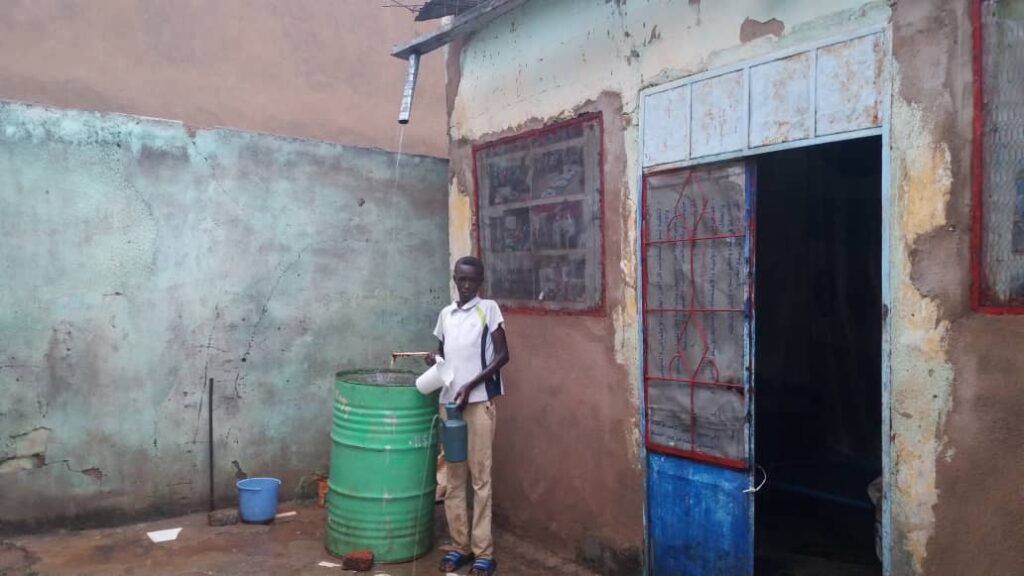
Harvesting of rainwater in Delling, South Kordofan, 12 October 2021 (Abdelrahim Kounda)
حصاد مياه الأمطار التي تسقط على أسقف المنازل، الدلنج، 12 أكتوبر 2021 (عبد الرحيم كندة)

Having a haircut in Gaga Refugee Camp, eastern Chad, 2 October 2021 (Bashir Daoud)
لاجئ سوداني يحلق في صالون للحلاقة الصورة بعد التصيح وقبل التعديل، مخيم قاقا، شرق تشاد ، 2 أكتوبر2021 (بشير داؤد)

Vegetable seller at a market in Omdurman, 24 September 2021 (Um Kalsoum Esmat)
أحد التجار يقوم بتجهيز الخضروات في سوق من أسواق أمدرمان، 24 سبتمبر 2021 (أم كلثوم عصمت)

The Roseires dam, Blue Nile state, 12 October 2021 (Basil Elameen)
خزان الرصيرص في النيل الأزرق، 12 أكتوبر 2021 (باسل الأمين)
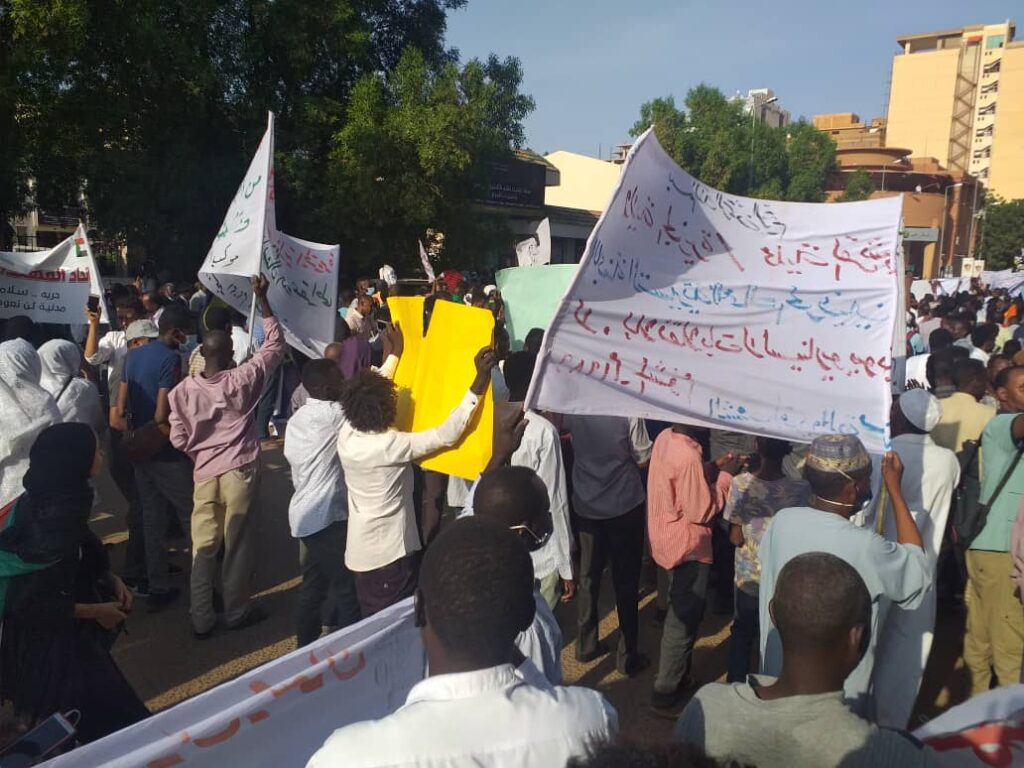
Waiting for protesters to come by train from Wad Madani in front of the railway station in Khartoum, 30 September 2021 (Mohamed Awad)
موكب دعم الحكم المدني امام محطة السكة. لحظة استقبال قطار الثوار القادم من ود مدني. حديد في الخرطوم، 30 سبتمبر 2021 (محمد عوض)ٍ

Working on a roof of a building in Saraf Omra, North Darfur, 7 October 2021 (Mohamed A. Mukhtar)
عمل في سقف بناء في مدينة سرف عمر، شمال دارفور، 7 أكتوبر 2021 (محمد أحمد مختار)
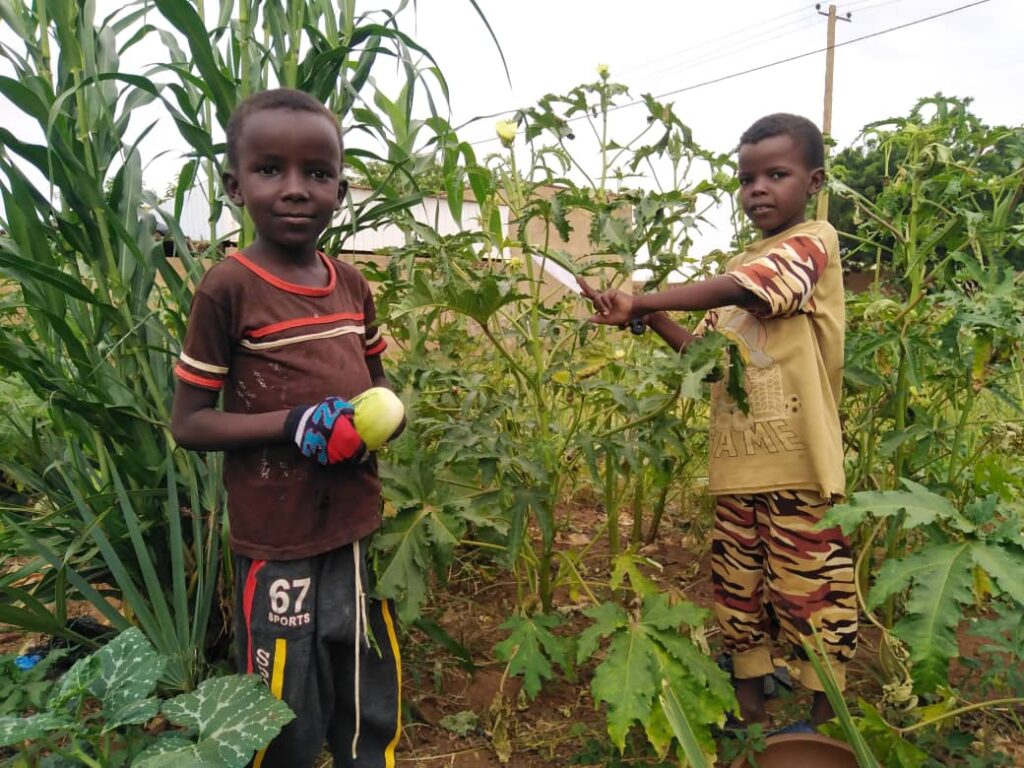
Home farming in El Fula, West Kordofan, 2 October 2021 (Eisa Eldaker)
حصاد “الجبراكة” أو المزرعة المنزلية في الفولة، غرب كردفان، 2 اكتوبر2021 (عيسى احمد الضاكر)

The Dunya streambed during the rainy season, Alban Jadeed, Blue Nile state, 26 September 2021 (Mohamed Abdelrahim)
خور دنيا في البان جديد طوال موسم المطر، ولاية النيل الأزرق، 26 سبتمبر 2021 (محمد عبد الرحيم)
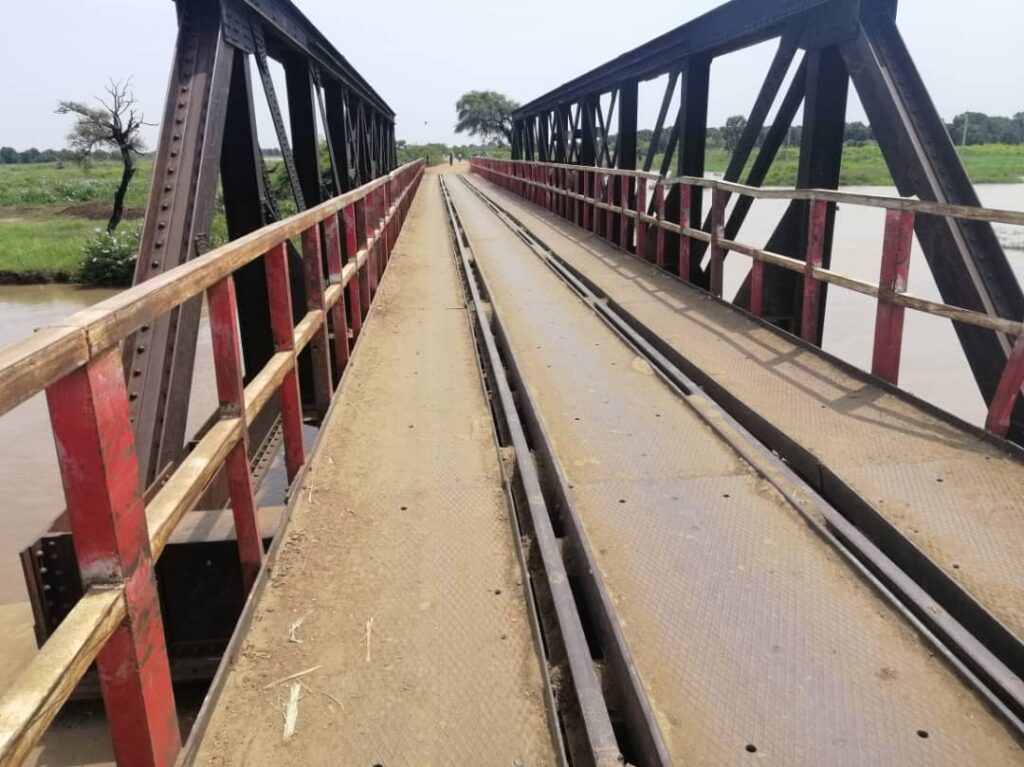
Railway bridge over Elrahad river near Elhawata, El Gedaref (Bilal M. Dawoud)
كوبري خط السكة حديد على نهر الرهد، الحواتة، القضارف، 2 أكتوبر 2021 (بلال محمة داؤد)

Wadi Temso, Nierteti, at the foot of Jebel Marra in central Darfur, 14 October 2021 (Nuseiba Abdelhameed)
وادي تمسو في نيرتتي عند سفح جبل مرة في وسط دارفور، 14 أكتوبر 2021 (نسيبة عبد الحميد)
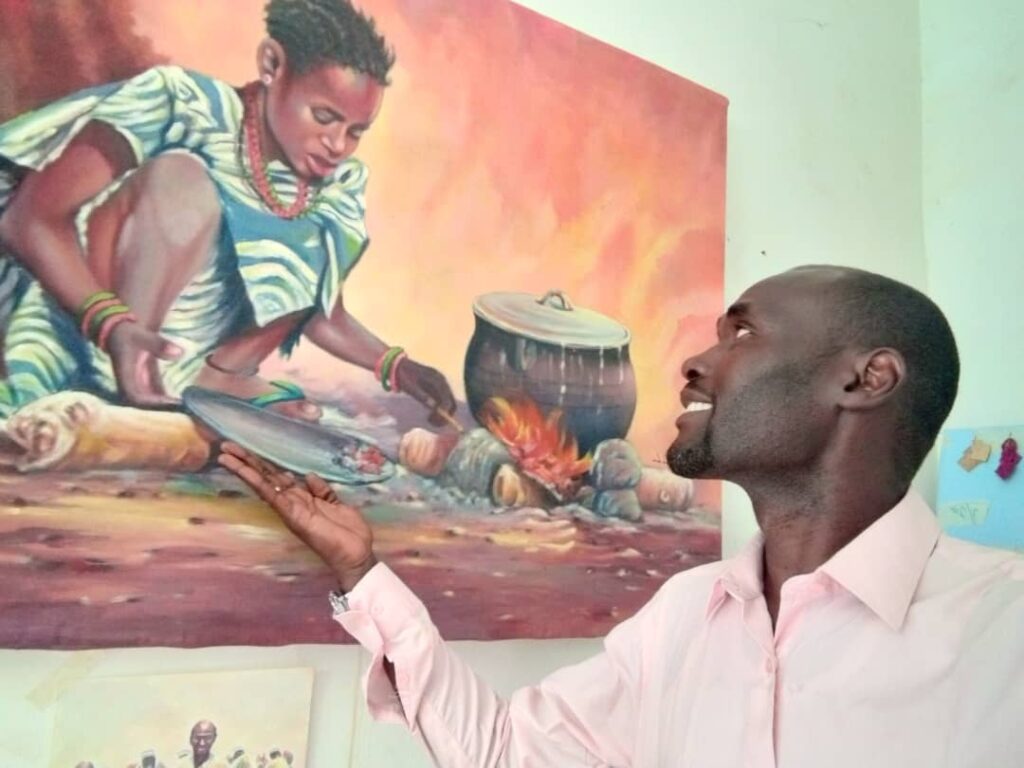
A visitor of the Neem Forest Exhibition in Nyala, South Darfur, jokingly wants a plate from a painting, 26 June 2021 (Waleed Yagoub)
واحد من زوار معرض غابة النيم في نيالا، جنوب دارفور، مازحا يريد سحن من الرسم، 26 يونيو 2021 (وليد يعقوب)
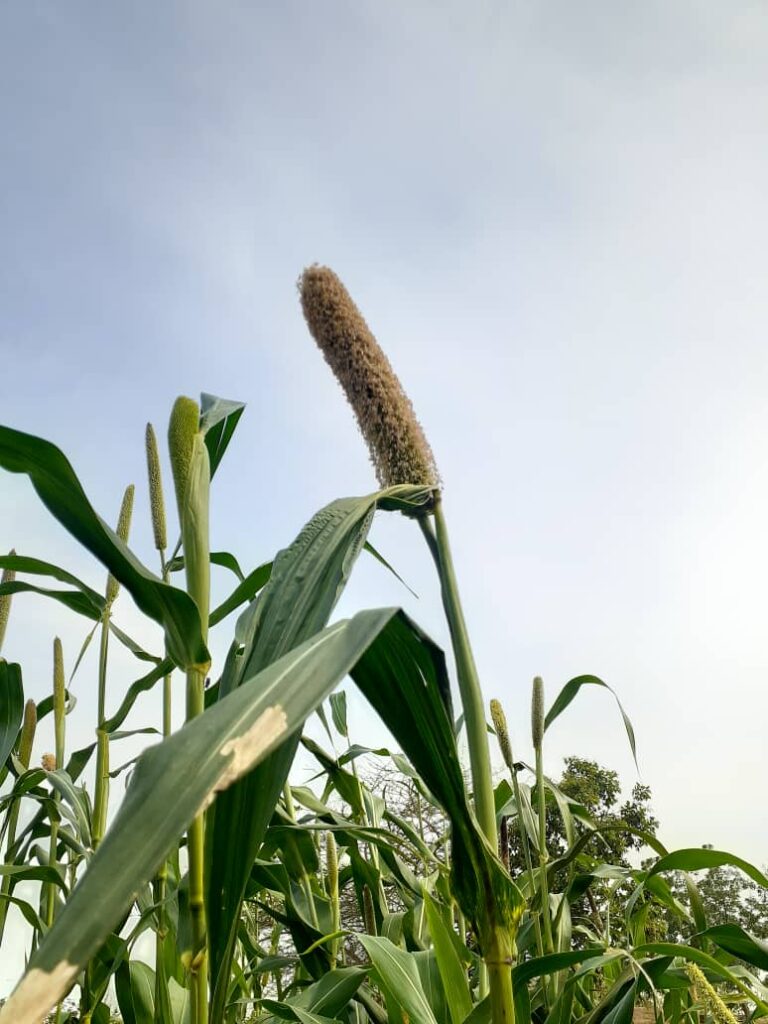
Millet ears at a farm in Azum, Central Darfur, 18 September 2021 (Elhafez Abdelkarim)
“قندول الدخن” يؤكد نجاح موسم الخريف، ازوم، وسط دارفور، 18 سبتمبر 2021 (الحافظ عبد الكريم)
